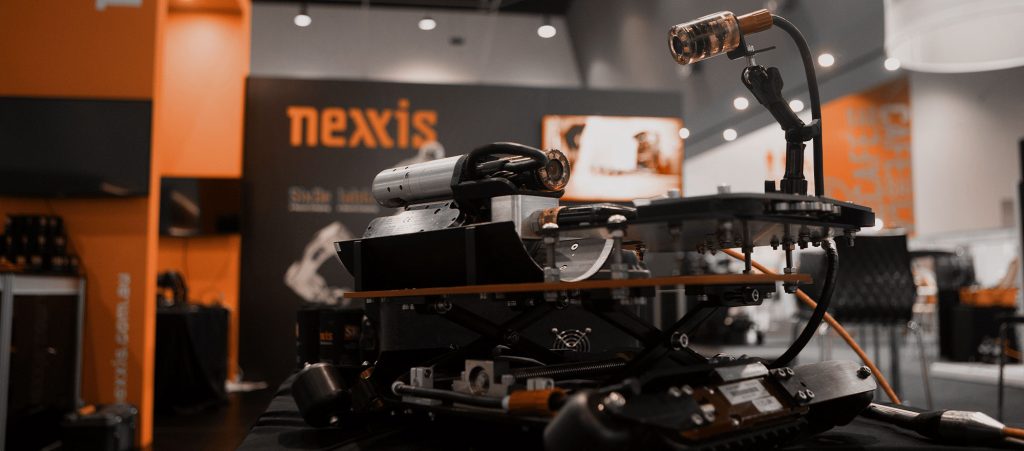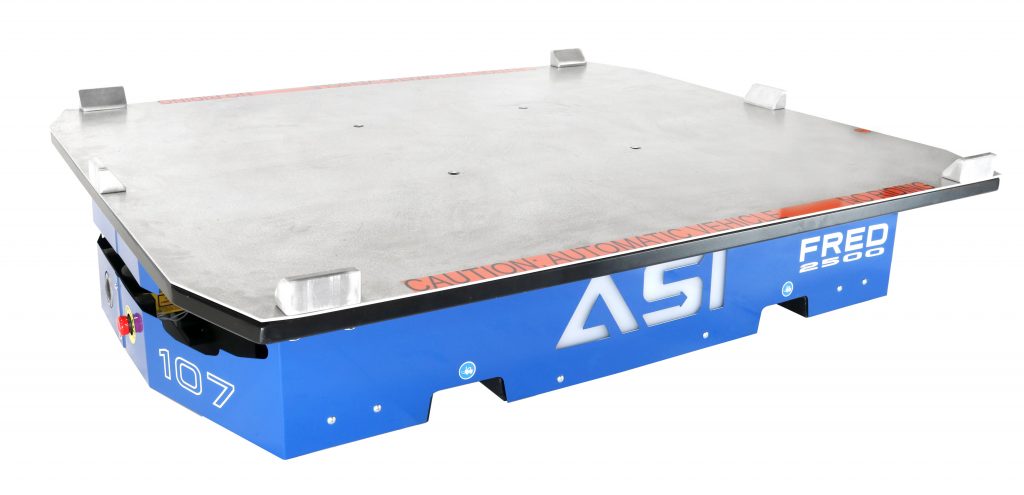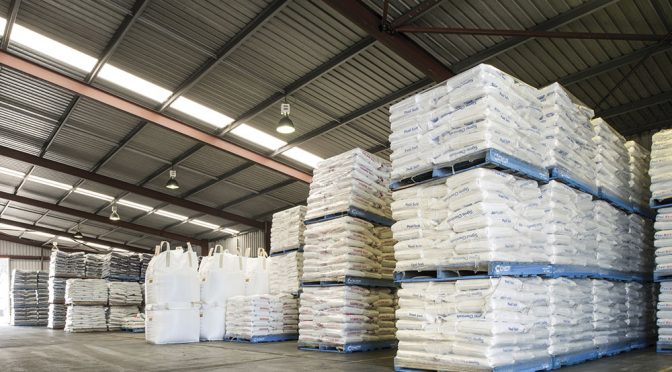YANGEBUP, Perth, Western Australia, 23-Nov-2020 — /EPR INDUSTRIAL NEWS/ — The petroleum and petrochemical industries, although booming, face numerous challenges. These are only set to intensify as obtaining crude oil and petrochemicals by conventional and non-conventional means becomes more demanding financially, environmentally and in ever more hostile habitats. For these reasons the use of robotics and autonomous systems to carry out practical tasks is virtually a necessity for the industry to progress.
The time of the robot is well and truly upon us, and strategic use of such technology is set to bring about significant safety advances and cost efficiency for global industry. And this is particularly true when it comes to the production of petroleum and petrochemicals.
Because of the colossal value of these industries, with assets totalling billions of dollars, it’s understandable that those held responsible for ensuring continued profits are decidedly cautious when it comes to embracing new technology.
This means that the use of robots for inspection and maintenance is by no means the norm quite yet. But as more and more proof of the advantages becomes common knowledge, such solutions are becoming more widespread.
Inspection and maintenance challengesÂ
Historically, achieving efficient inspection and maintenance of assets is a necessary but expensive task that needs to be carried out on a regular basis. Challenges posed include:
- Significant downtime of assets causing reduced revenue
- High costs associated with the opening, inspection, cleaning and maintenance of assets
- Lengthy preparation periods to set up scaffolding and vent toxic gases to create a safe environment for human entry
- The risk to human life when entering confined spaces and non or reduced oxygen atmospheres
- The high cost of specialist inspection and maintenance teams
- Worker compensation following accidents or incidents
- The risk of human error during inspection
- Inadequate visualisation of certain structures that are inaccessible for humans
Such challenges have meant that inspections and necessary maintenance can take weeks – even months – to complete. While this is taking place revenue ceases, so the need for speed is paramount. In addition, such challenges create little enthusiasm for companies to carry out proactive inspection over and above what’s required by legal industry standards.Â
Enter the robots
Rapidly advancing technology over the past decade has brought us to an era that’s truly able to overcome many of these challenges. And whilst we’re not quite in the realms of the most futuristic of sci-fi movies yet, the tech continues to advance. Today, robots such as crawlers and drones are able to reduce multiple challenges of inspection and maintenance, providing the opportunity for companies to not only meet health and safety requirements, but to exceed them, therefore reaping the benefits of proactive asset analysis and associated reduction in maintenance costs
Advantages of using robotics
As technology increases it becomes possible for companies to take advantage of robots to carry out tasks that present significant hazards to human life. Not only does this lower exposure to danger in this high-risk industry, but also provides a financial edge thanks to minimizing employee costs and improving manufacturing efficiency.
The latest in robotic developments have been dedicated towards ensuring they can be employed in real world situations, not simply in a laboratory. Over recent years the Defense Advanced Research Projects Agency (DARPA) has been pivotal in pushing such technology forwards, organising various tests and challenges for robotic manufacturers to overcome. These include the ability to handle tools, open doors, overcome unexpected obstacles, open valves and more.
Manufacturers have also had to ensure that such automaton tools are able to withstand explosive blasts.Â
Recent advancements
The speed of technological advancement is expanding fast. Perhaps the most significant progression is that of increasing autonomy. Once only able to perform the basics, the capacity for robots to carry out more complex tasks is now either in existence or poised on the cusp of becoming reality. These include:
- The ability to navigate autonomously
- Identifying and solving problems
- Learning from their experiences and those of others
- Sharing a workspace with humans and interacting with them.Â
Current and future opportunities
The four major industry processes of exploration, development, production and site abandonment are all ripe for increased usage of robotic technology to reduce costs, improve efficiency and increase safety.
Throughout all these stages there are many opportunities for robot use, especially in that of inspection and maintenance. Current and potential applications as the industry and technology moves forward include:
- Using robots to enter confined spaces to carry out tasks. Not only does this dramatically decrease human risk, but negates the need for unnecessary downtime to prepare for human entry. Currently such health and safety procedures account for up to 80% of asset downtime, therefore the adoption of a robotic element within the workforce provides cost reduction on a significant scale.
- The use of robots for other potentially hazardous tasks: These include working at height, working within low or non-oxygen environments, firefighting and working in non-temperate conditions.
- As a replacement for humans in remote locations: Robots that can carry out more complex operations will reduce the need for human operators in locations such as offshore sites.
- Reducing safety preparations in hazardous work locations: For example, a robot working at height or in a difficult to reach location will not require health and safety measures such as scaffolding and other preparations, therefore reducing costs, downtime and risk.
Furthermore, the reduced cost and time effect of using advanced robots allows for the adoption of much improved inspection and maintenance programs. Proactively carrying out such tasks leads to a considerably reduced chance of any unplanned maintenance issues and/or the occurrence of catastrophic events.
In short, the use of robots in the future will lead to a significant reduction in downtime of industry assets, lowered costs, increased human safety and the ability to work in ever more hostile, hard to reach environments.
In a global marketplace that’s predicted to reach over $7 trillion US dollars* (Oil & Gas) by 2024 and $958.8 billion** (Petrochemical) by 2025, companies, although sensibly judicious in their eagerness to take advantage of such technology, are fast-becoming aware of the competitive edge it can bring.
** https://www.grandviewresearch.com/press-release/global-petrochemical-market
Logo:





